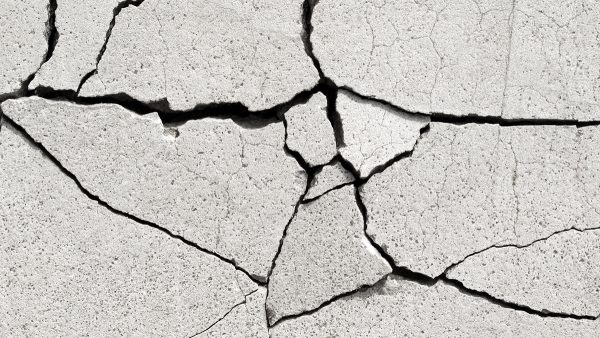Is cracking normal with PMI anchors?

Cracked concrete is usually a good sign of a bad sign.
A cracked slab can indicate other problems, including poor original mixing, improper form pulling, and more. So when you install PMI concrete anchors and start to see cracking around them, is it normal? And will those anchors keep their structural integrity?
Old vs. new
Cracks will always affect structural integrity, though the effect may be minor. Old anchors cannot be installed in cracked concrete. Some newer anchors can be, but neither one should cause cracking.
Traditionally, wedge anchors and drop-in anchors were the primary fasteners used in concrete. A wedge anchor is inserted into a pre-drilled hole, and a central bolt tightens the outer layer against the concrete. A drop-in anchor works similarly.
These have been used for decades, particularly in new construction, but they suffered from the issue of not working with cracked concrete. If cracks began in the slab before the anchors could be placed, it required another solution.
Some newer anchor types are certified for cracked concrete, provided the slab still holds structural integrity.
PMI creates removable anchors designed for rigging systems and climbers (for example, window washing rigs). These anchors are installed similarly to a wedge anchor: drill the concrete, and insert the anchor.
Should I be worried?
By their very nature, concrete anchors put force on the slab around them. We think of a concrete slab as solid, but it is under constant internal tension. Ideally, that tension would be spread evenly, but no situation is entirely ideal. Cracks can occur when you drill in a fastener, whether an older design not suited for cracked concrete or a newer one designed to stand up to it.
Cracking around the anchor shouldn’t occur, but it is possible you may see some minor surface cracks. If you do, stop and contact someone who knows what they’re looking for to survey the situation. Contact JK Industries today, and we’ll come out and conduct an assessment for you.
